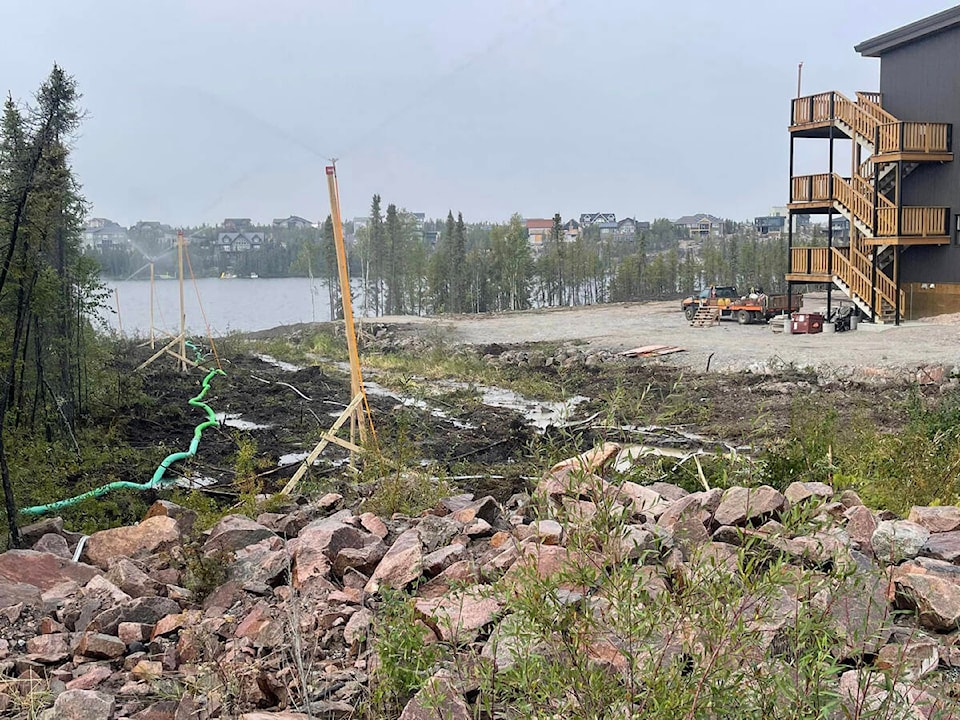No firm timeline yet exists for the end of the wildfire evacuation of much of the NWT, and students may have to begin the school year learning remotely again.
During a press conference Aug. 20, Premier Caroline Cochrane said the GNWT is examining remote education, like was done during the Covid-19 pandemic.
“There is concern about the school year coming up,” the premier acknowledged. “It will be a bit difficult, but we did virtual (learning) during Covid-19, so the schools have that ability already. The lessons that we learned in Covid-19 should be able to be implemented.
“It will be a matter of reaching out to parents. (The Department of) Education, Culture and Employment is actively looking at this issue at this time.”
When asked what would happen with the upcoming territorial election set for Oct. 3 — with nominations to open in three weeks — Cochrane deferred answers to the Speaker of the House, Frederick Blake Jr., who was not present during Sunday evening’s press conference.
“We don’t represent the legislative assembly,” she said.
Fire season running longer
Department of Environment and Climate Change information officer Mike Westwick said the timeline to return depends on the situation in each affected NWT community.
“You’re facing down a different situation in different communities,” he said. “We can’t give one answer for everybody.
“I can never be confident in what the weather is going to do.”
Westwick added that by this time of the year, wildfire season is usually over in the North.
“To put a fire like this out, you need a lot of rain,” he said. “Our objective is not to put out this fire. That would be impossible without the help of nature.
“The objective is to keep the fire away from things we don’t want it to reach.”
On paper, the fire season runs until Sept. 30 in the NWT. Westwick noted that wildfires were taking “big runs” in the middle of October. At that time, lakes would freeze overnight but temperatures would rise above 20 C during the day.
“We’re in a new world,” he said. “We’ve extended our crews longer than we normally would. We’re ready to last longer.
“But in no way we’re sitting here telling folks that we think it will be the end of September before folks can return, but it’s really hard to give an operational timeline.
“In this business, you win or lose based on the weather. I understand the anxiety that folks are going through but it’s really hard to put a date on it.”
He added the fires are burning deep and could return in spring.
“When you see fires burning that deep in the soil, there certainly is a risk of holdover fire,” he said. “We saw holdover fires at the beginning of the year.
“With the magnitude of the fires we’ve seen this year, it certainly is a possibility.”
